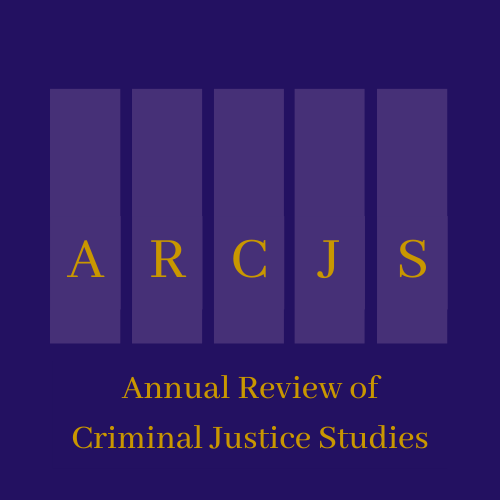Youth Incarceration: Components of the Carceral State
Palabras clave:
youth incarceration, juvenile justice, juvenile, education of black and brown kids, education, criminal justice, Education systemResumen
The United States education system has set the value for BICOC (Black, Indigenous, Children of Color) through the development and education of the children since its creation. Forced “civilization” of Native American children in Indian boarding schools, and the denial of education for Black and Latino children. Later, BICOC/youth enter the school system through the segregated means set by the schools. The United States has historically created a value/worth for BICOC through their access to education. The racist system that the schools were built upon reflects their treatment of BICOC today. Schools today are a punitive system for BICOC. The existence of zero-tolerance school policies, predatory military recruiters, and the overall denial of freedoms for BICOC. In many spaces created by schools for punishment, breed alternative opportunities for youth. Pushing the idea of them being a "bad kid," they are susceptible to alternative/criminal lifestyle influences that fit that narrative. Once they are integrated into institutions like juvenile halls, it is extremely difficult for the child/youth to find a way out. How the punitive criminal justice system is built, BICOC come face to face with spaces that foster recidivism which then influences that lead to adult prisons that further feed the fire.


